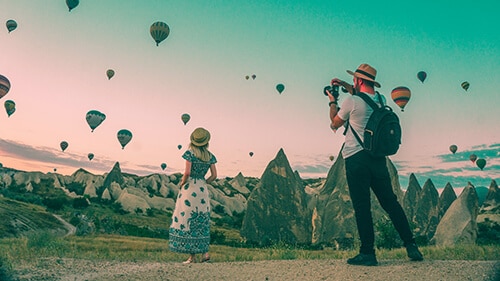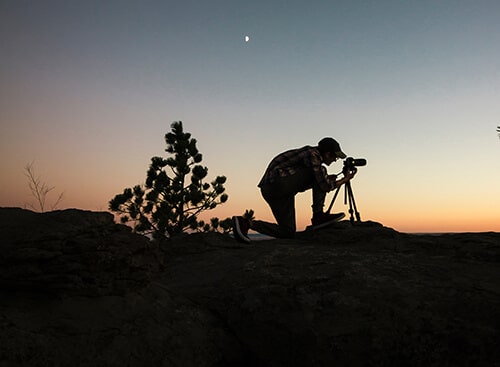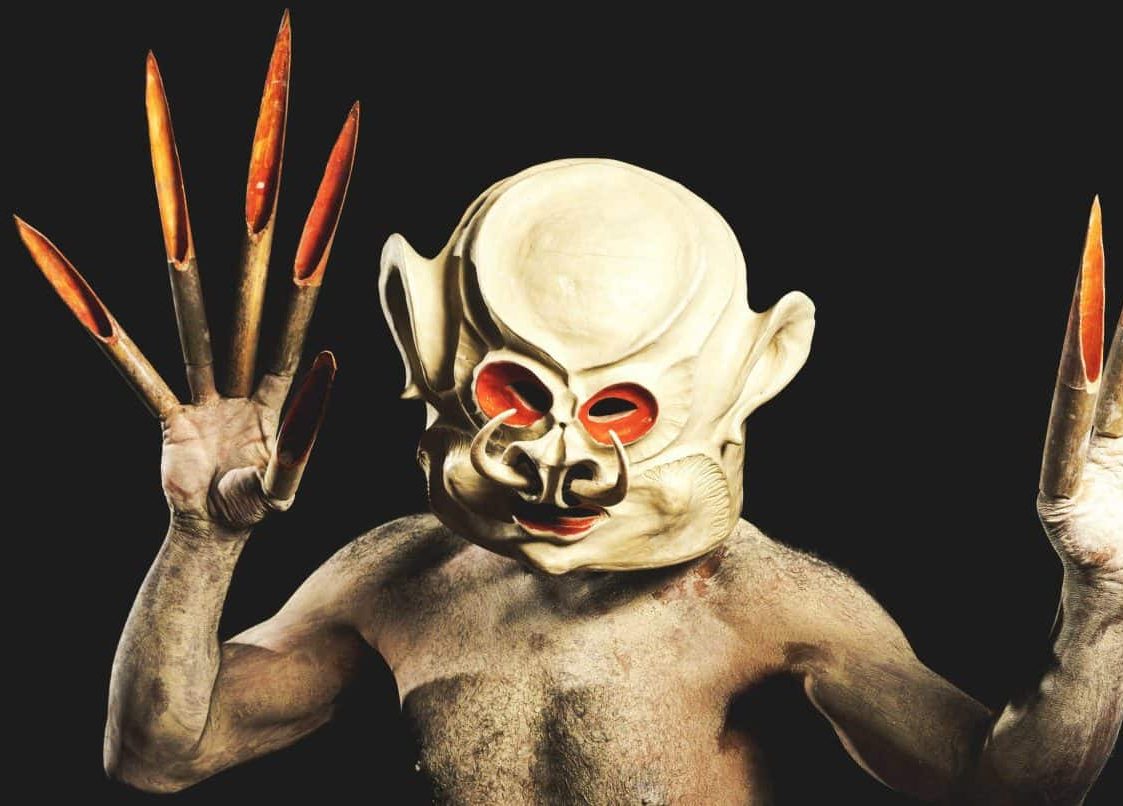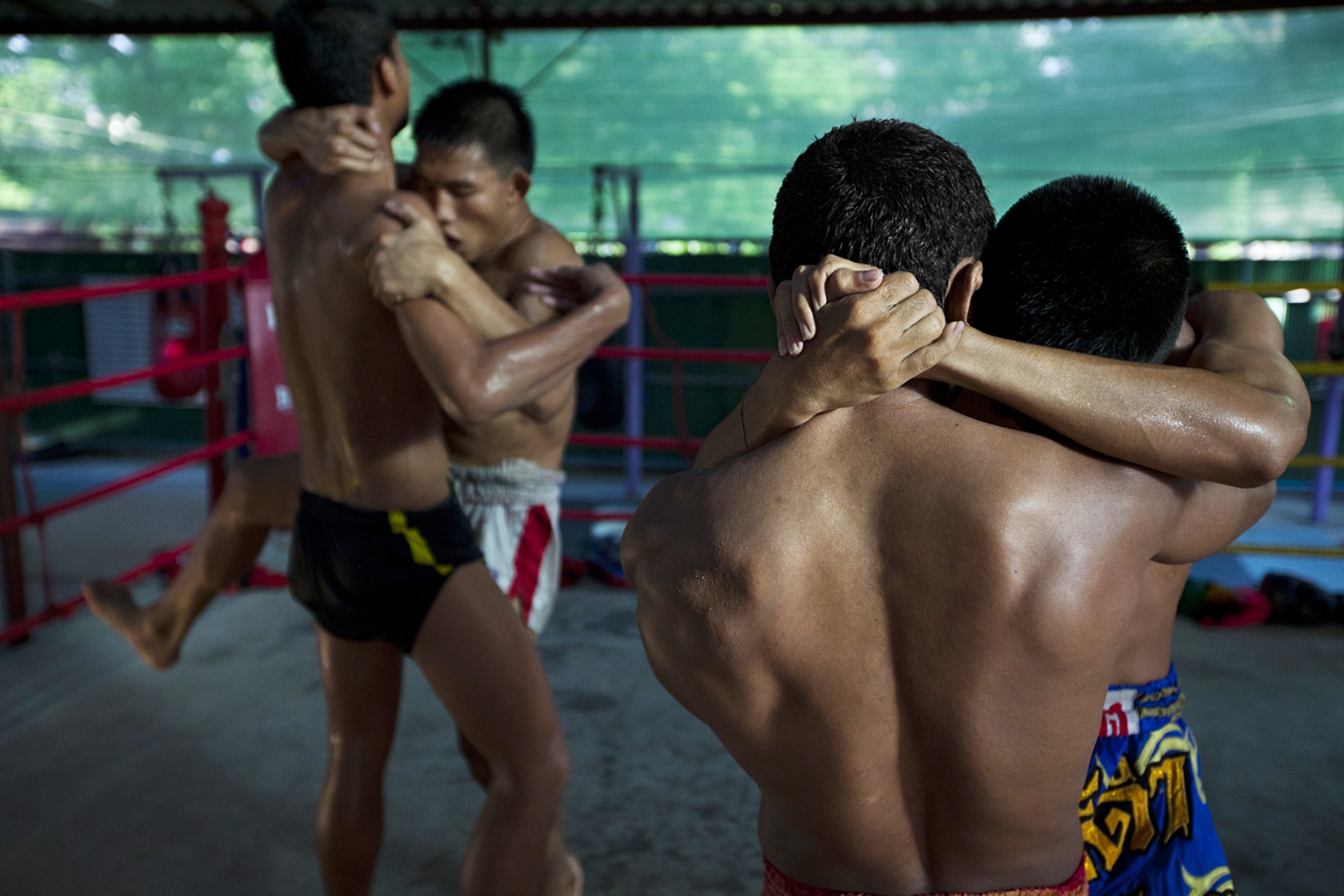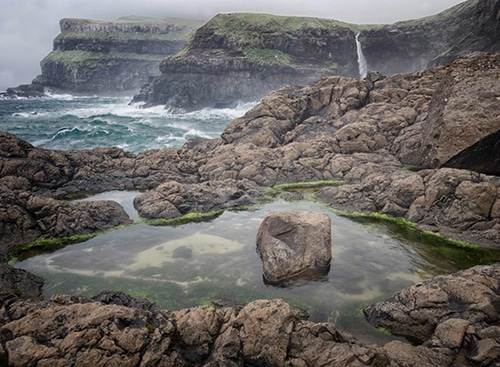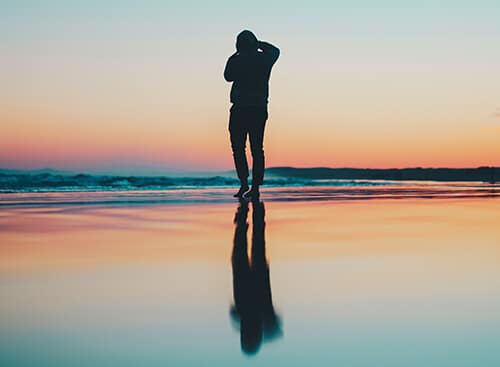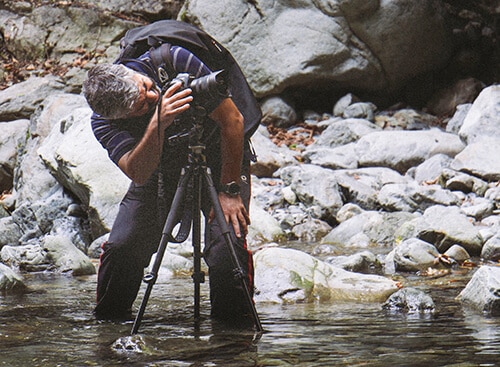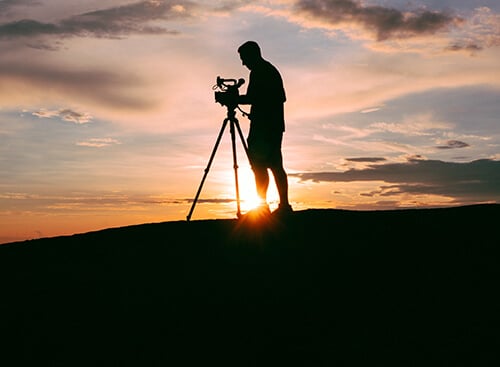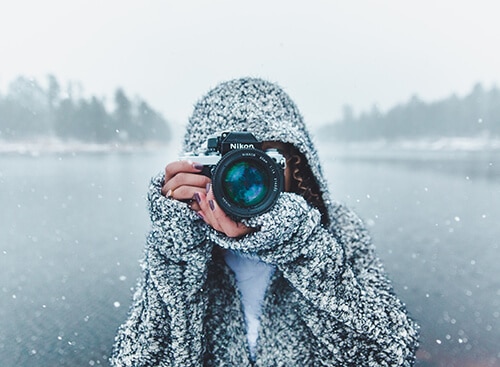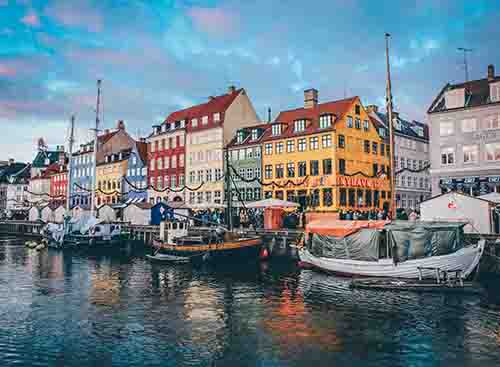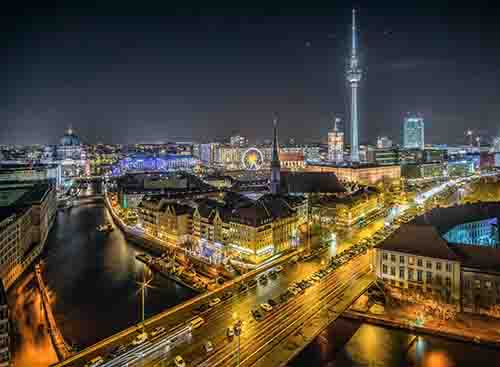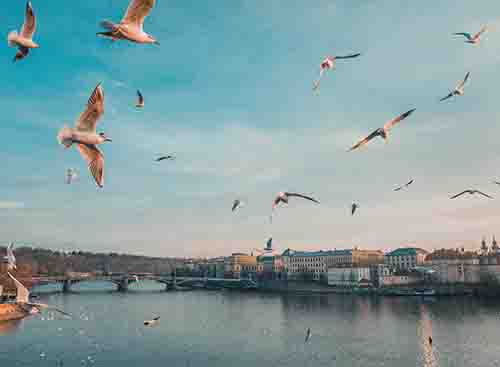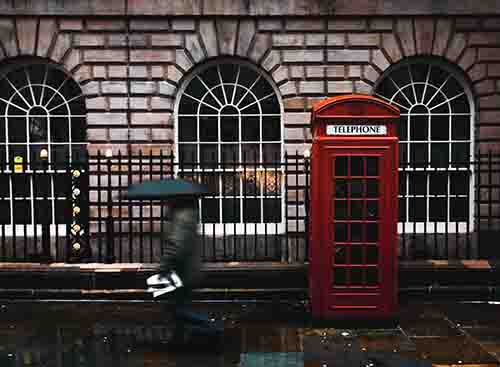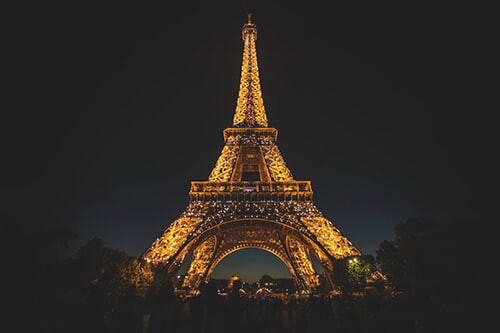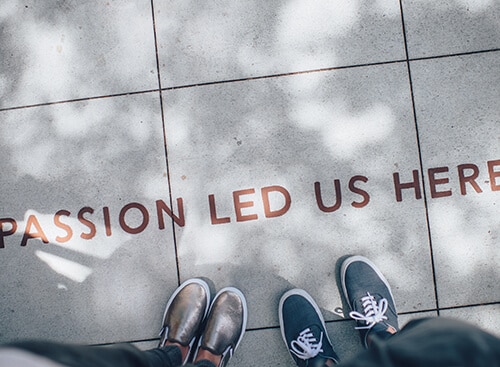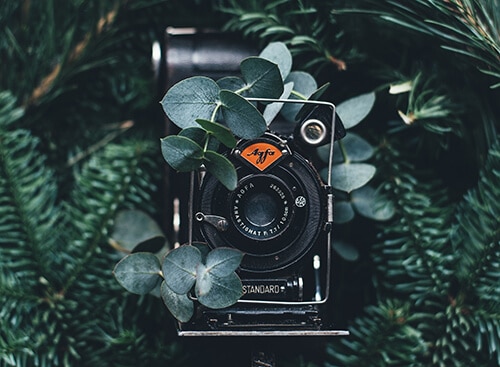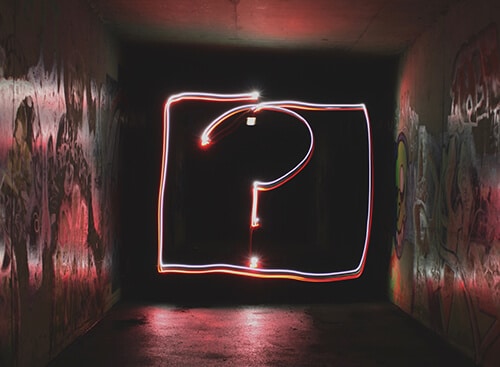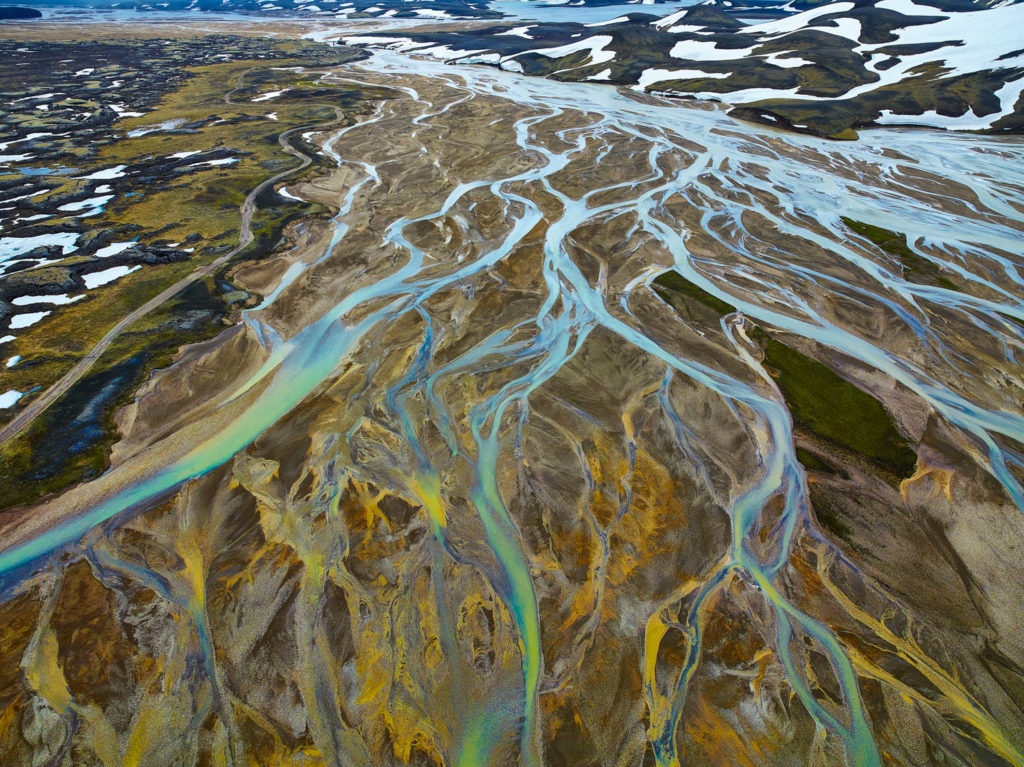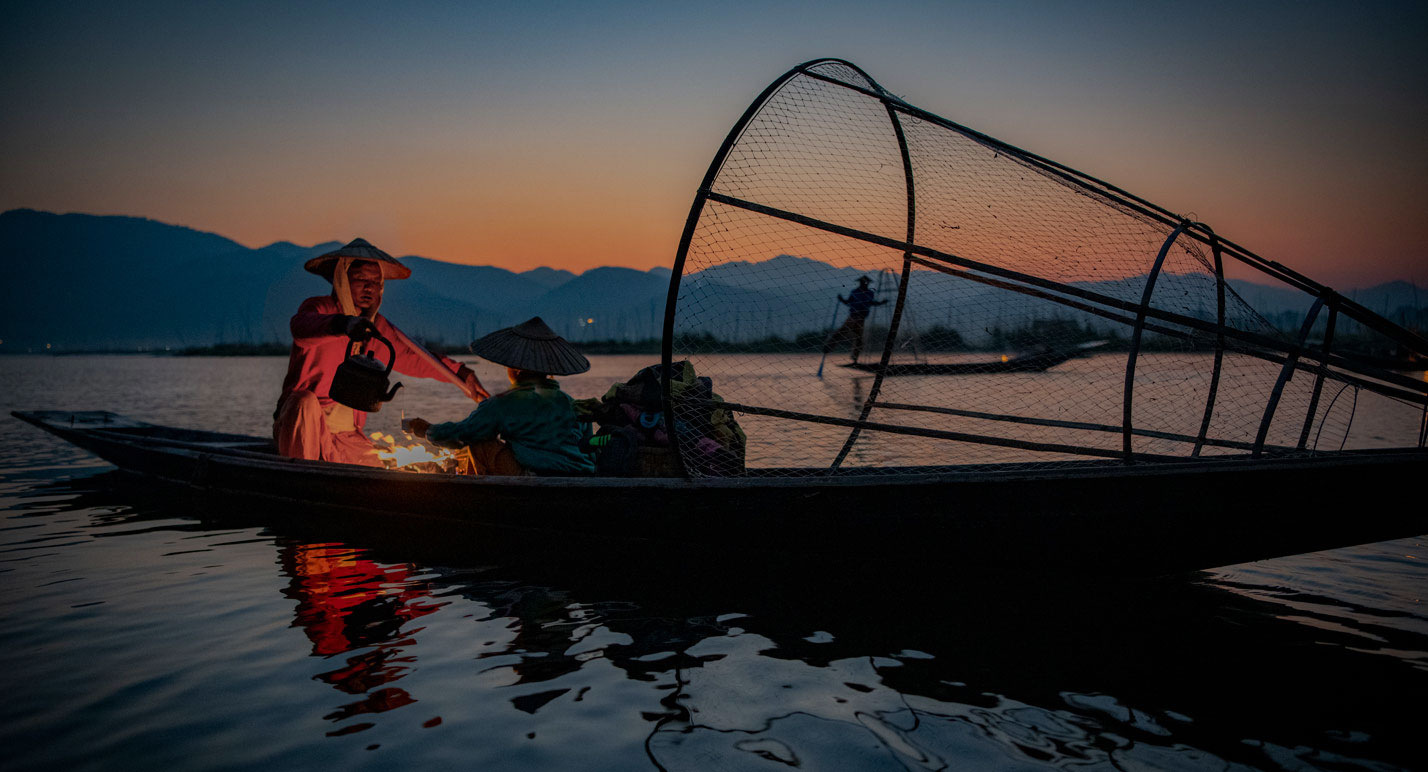The Art of Portrait Photography in Low Light – A Moment in Mandalay
Mandalay, the heart of Myanmar’s spiritual life, is home to some of the most serene and atmospheric monasteries. One afternoon, while exploring a wooden monastery, I captured a portrait of a young monk, illuminated by the soft, natural light filtering through a side window. The result was a gentle, intimate moment, where the light sculpted his face and right hand, emphasizing his contemplative expression.
Mastering Portraits in Low Light
Shooting in low-light environments like monasteries, temples, or dimly lit interiors requires a thoughtful approach to light and composition. Here are a few key techniques I used—and that you can apply to your own photography.
1. Use Natural Light Creatively
The soft, diffused side light coming through the window created a beautiful contrast between highlights and shadows. When working in low light, always look for natural light sources—a doorway, window, or even a small opening—that can subtly shape your subject. Side lighting adds depth and a natural three-dimensional quality to a portrait.
2. Work with Shadows, Not Against Them
Instead of fighting the darkness, use it to create a sense of mystery and mood. Shadows add drama and emotion, making the light even more powerful. In my portrait, the contrast between the lit areas and the deep shadows of the monastery enhanced the young monk’s peaceful presence.
3. Optimize Camera Settings for Low Light
When shooting in dim conditions:
Use a fast prime lens (50mm f/1.4 or 85mm f/1.8) to maximize available light
Increase ISO carefully to maintain detail without too much noise
Shoot in RAW for more flexibility in post-processing
4. Position Your Subject Thoughtfully
Instead of placing your subject directly in front of the light source, position them just at the edge of the light, where the glow gently wraps around their face. This creates a softer, more natural look, while keeping the background in subtle shadow.
5. Keep It Simple
Low-light portraiture works best when nothing distracts from the subject. In my monk portrait, the simplicity of the setting—the wooden textures, the soft robes, the peaceful expression—allowed the light and emotion to take center stage.
Final Thoughts
Capturing portraits in low light is not about battling darkness but embracing it. The interplay of light and shadow can transform an image into something truly poetic.
This portrait from Mandalay remains one of my favorites because it captures the essence of the moment—the quiet stillness, the timeless tradition, and the beauty of natural light.
If you’re passionate about mastering portrait photography in unique, atmospheric locations, join Better Moments for an unforgettable photographic journey where we explore the art of storytelling through light.
By Christian Nørgaard, Founder of Better Moments


